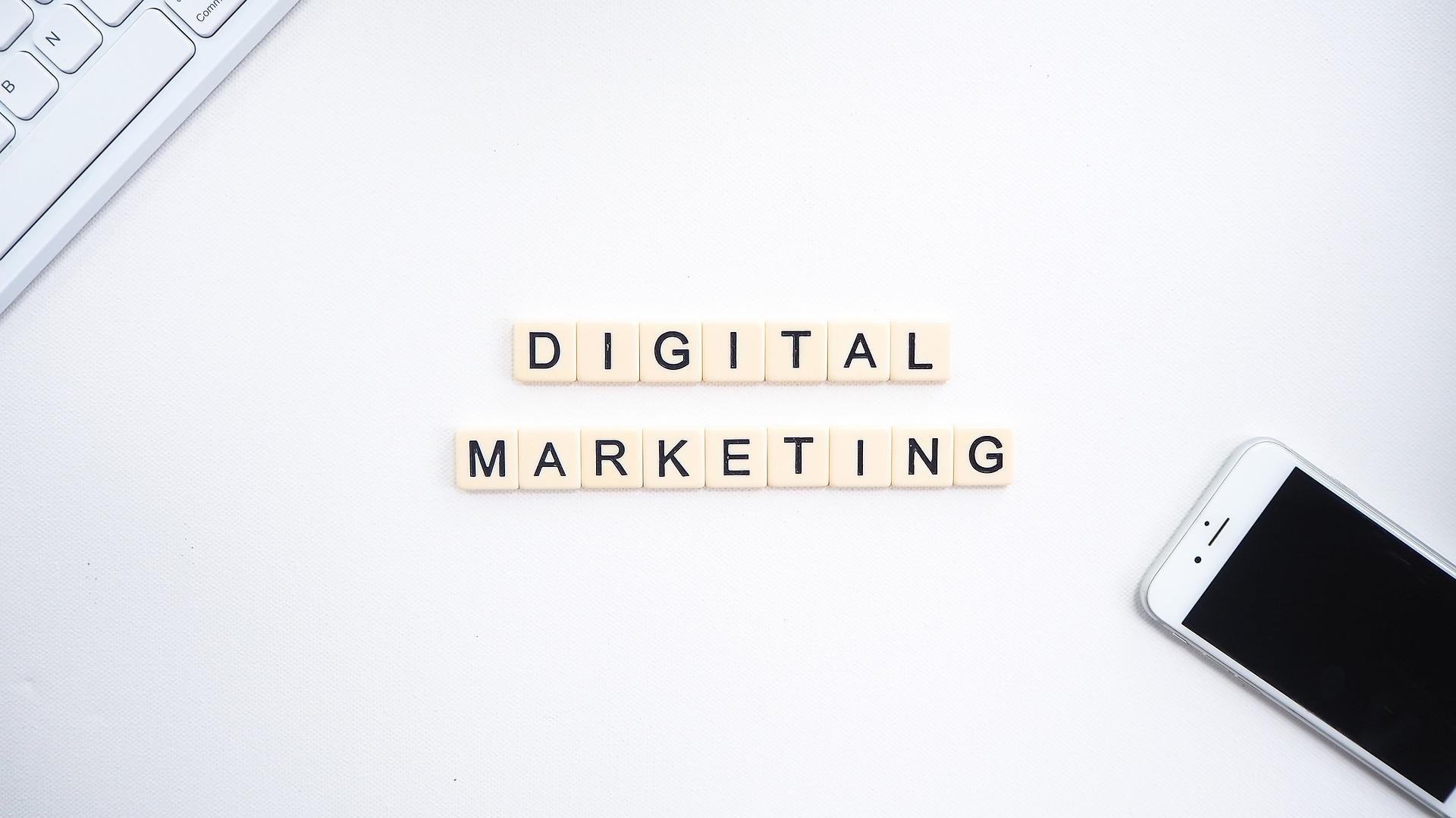How to Improve ROI for Healthcare Email Marketing
Email marketing is cost-effective and yields a good return on investment. For every dollar you spend on email marketing, you will get a $42 return on investment.
The following tips can be used to improve your email marketing strategy.
Document your healthcare email marketing strategy.
It’s important to have a strong marketing strategy in place to guide your efforts. More than two-thirds of healthcare organizations use email to communicate with and promote their services. Only a small percentage of healthcare businesses and providers have an email marketing program.
Without a proper strategy, your team will likely engage in email marketing and other traditional sales activity without a reliable way to track the success of your campaigns. If you create campaigns that don’t speak to your audience’s needs, you could end up costing yourself a lot.
Defining and outlining your email marketing plans is a crucial first step. Your efforts and time will pay off.
You can build your list organically.
Email marketers know the value of a well-curated mailing list. It is possible to build and perk up your email list organically. Walk-ins can drop their email addresses at your doctor’s office.
It’s still better to collect email addresses from patients. You can give your clients a way to confirm if they want to receive promotional emails from you.
Good-for-patient resources can be offered on your social media pages. They can subscribe to your mailing list and get these. Sign-up forms can be embedded or pop up.
Don’t let it get personal.
It’s getting harder for healthcare organizations to differentiate themselves. In a sea of competition, it’s important to personalize your interaction with your audience. It’s important to use subscriber data to make your messages feel personal.
You can give your email campaigns one-on-one human contact. The simplest way to address the recipient is with their first name. This makes your email content more authentic.
It’s important to keep it personal in order to boost brand credibility and awareness. People base their decisions on emotions and use logic to justify them.
You can segment your list.
One of the biggest mistakes healthcare organizations make is using a one-size-fits-all email marketing template. People like to be seen and heard. One of the best email list management practices is the use of segment.
You can segment your audience to make it easier to organize and separate your mailing list. It involves creating different categories for subscribers in your mailing list so that you can communicate with them. It’s easy to segment your messages based on the user’s location, pain points, interests, and health conditions.
Some subscribers aren’t interested in everything you have to say. A breastfeeding mom probably won’t be interested in taking Viagra. The right audience at the right time is ensured by email list segmenting.
It’s important to keep the filters in mind.
It’s possible that personalized email copy isn’t enough to keep the inbox free of junk mail. The checkers are not perfect. They don’t understand what you’re saying in your emails. They use a variety of signals to figure out the likelihood of your email being junk mail.
ESPs don’t make these signals public because they are private. There are some things that may have an effect on your email score.
If a lot of people add your email to their address book, it will get a green light.
If your emails are often deleted without being opened first, they are likely to be junk mail.
On the other hand, if users move their messages out of the box, it means they’re not likely to be a problem. Bad news is another way around.
Users don’t usually respond to junk mail. Your future messages will be steered clear of the drag nets if you reply frequently.
If a lot of people open your email, it’s not likely to be junk mail.
Some of the signals are out of your control. There are a few aspects of your email marketing that you can modify to make it less likely that you’ll get the junk mail. You need to send messages to people who have agreed to receive them. The CAN-SPAM Act needs to be strictly followed.
It’s possible to segment your email list. Don’t send your email from a no-reply email account. For example, hello@goodchicagoclinic.com is a reply to email address for a healthcare business. Never use a personal email account for sending healthcare messages.
Emails can be changed for mobile use.
The average person spends 4.5 hours a day on their mobile device. A recent survey shows that people are happy interacting with email on their phones.
It makes sense that mobile is the preferred platform for checking emails, as it beats out traditional options like webmail client and desktop. It’s clear that you need to make your messages look great on mobile. The email elements should be easy to view on the small screen.
The subject line is the most important part of the email.
It’s important to get the subject line right to impress. Think of your subject line like a handshake. It should be convincing and solid, but it shouldn’t include elements that can get you in trouble.
Did you know that more than two-thirds of people think that an email is junk? There are a few things you can do to get a first class ticket to the inbox.
Exclamation points, single apostrophes, and question marks are not appropriate for use.
Questions should never be included in the subject line.
Don’t use all caps in your writing.
Fwd: and Re: don’t be used anymore.
Each subject line needs to stand out.
Don’t use words like these in the subject line.
Email automation tools could be used.
Email automation tools can help you save time and effort. You can use it to send emails to the right people at the right time. Emails can be sent to alert you when the next refill is close.
Data insights can be used to improve your email marketing strategy.
Data collection is possible through email marketing. Insights from the major metrics of your marketing campaigns can help you understand what works and what doesn’t.
Data insights give you a deeper understanding of your audience, and more. You can use the data collected by your email marketing tools to find out when your subscribers are most likely to open emails and where they are located.
You can track your success and progress.
Establish a monitoring system to measure the success of your email marketing campaigns. This helps make sure that your initial email marketing strategy meshes with the objectives and goals you have in mind.
It’s over.
Tracking your progress will allow you to see how your marketing efforts are performing. If you don’t know what is working and what isn’t, it’s hard to duplicate the success of previous email marketing wins. As you gear up for the next chapter in your marketing strategy, keep a tab on your healthcare email performance and the overall return on investment it’s providing.






